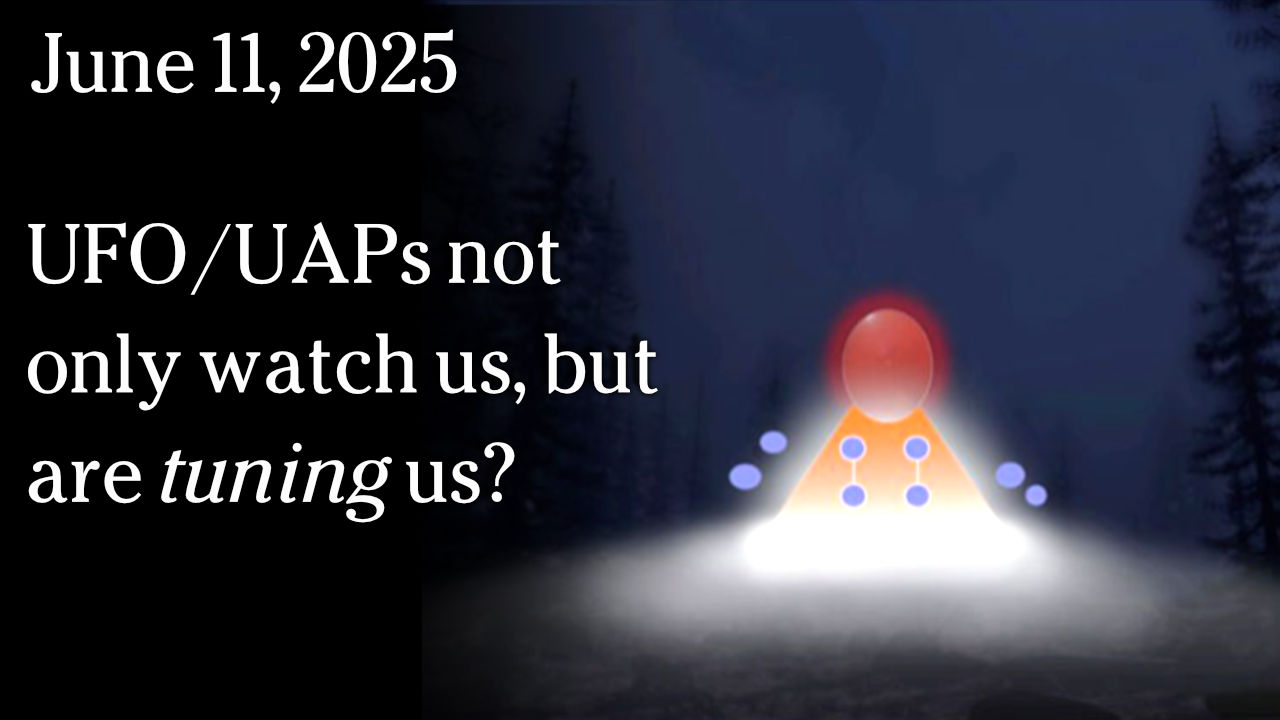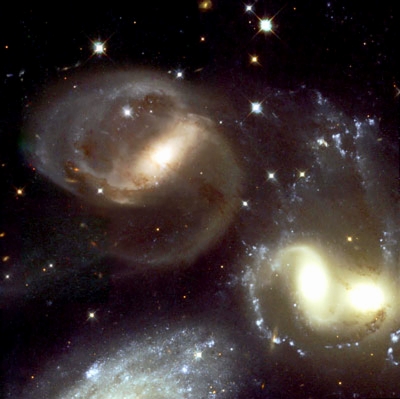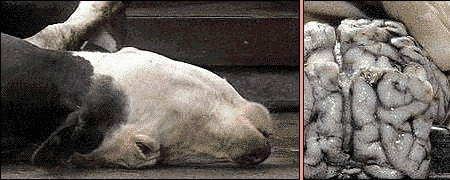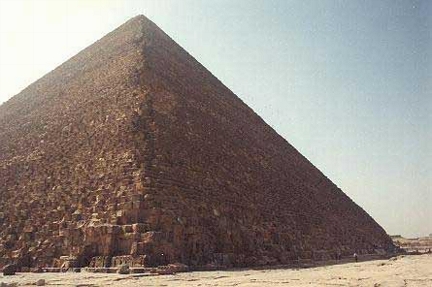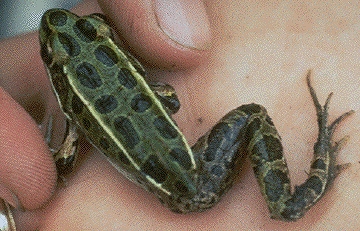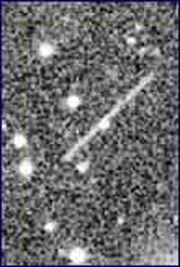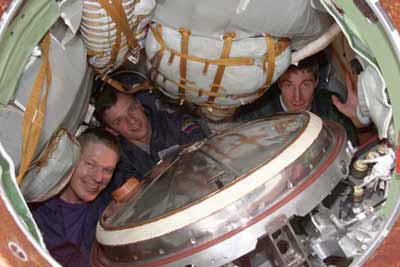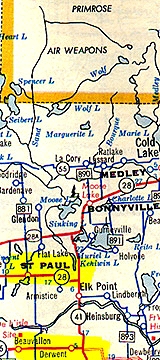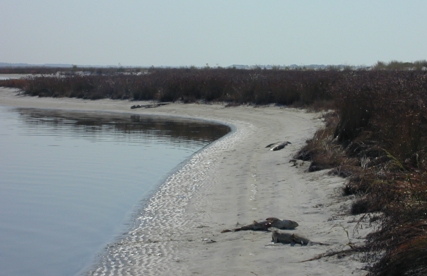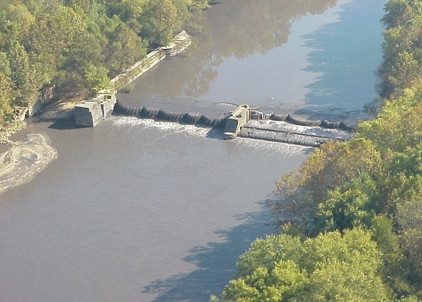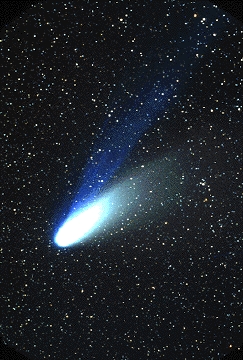
December 3, 2000 Europe -
Mad Cow Disease Spreading in Europe
Mad Cow Disease continues to panic Europe. Several countries including England, Spain, Germany, Portugal, Belgium, Switzerland and The Netherlands have all reported the fatal disease. The European Union's agricultural minister told reporters, "Mad cow disease knows no borders, but is moving from one member state to another."
Click here to subscribe and get instant access to read this report.
Click here to check your existing subscription status.
Existing members, login below:



